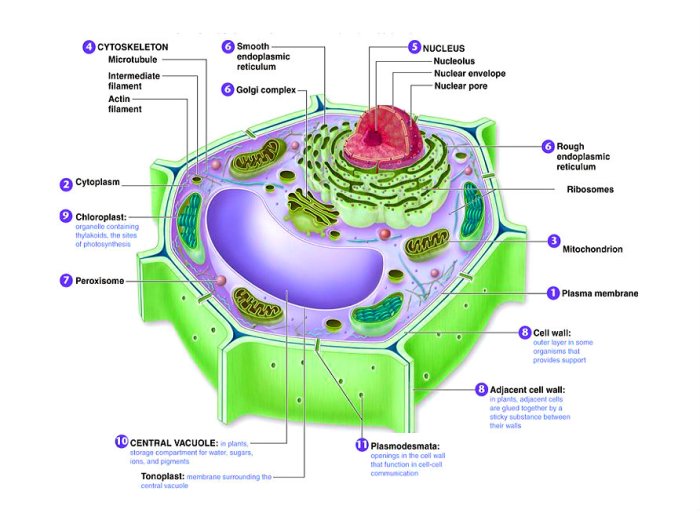The Cell Organelles and Functions Worksheet is an engaging educational tool that empowers students to explore the fascinating world of cellular structures. Through interactive exercises and comprehensive information, this worksheet provides a captivating journey into the inner workings of cells.
This comprehensive resource delves into the essential concepts of cell organelles, their diverse functions, and their significance in maintaining cellular health. By understanding the intricate roles of these cellular components, students gain a deeper appreciation for the remarkable complexity and organization of life.
Cell Organelles and Functions: Cell Organelles And Functions Worksheet

Cell organelles are specialized structures within eukaryotic cells that perform specific functions essential for cellular life. They are analogous to the organs in our bodies, each with a unique role in maintaining cellular homeostasis and carrying out cellular processes.
The different types of cell organelles include:
- Nucleus
- Mitochondria
- Endoplasmic reticulum
- Golgi apparatus
- Lysosomes
- Vacuoles
- Ribosomes
Nucleus
The nucleus is the control center of the cell. It contains the cell’s genetic material, DNA, which is organized into chromosomes. The nucleus directs protein synthesis and regulates cellular activities.
Mitochondria
Mitochondria are the powerhouses of the cell. They generate energy through cellular respiration, providing the cell with the energy it needs to function.
Endoplasmic Reticulum
The endoplasmic reticulum is a network of membranes that folds and transports proteins. It is divided into two types: rough endoplasmic reticulum, which is studded with ribosomes, and smooth endoplasmic reticulum, which is involved in lipid synthesis and detoxification.
Golgi Apparatus
The Golgi apparatus is a complex of membranes that modifies, sorts, and packages proteins and lipids. It prepares these molecules for secretion from the cell.
Lysosomes, Cell organelles and functions worksheet
Lysosomes are small organelles that contain digestive enzymes. They break down and recycle cellular waste and foreign materials.
Vacuoles
Vacuoles are membrane-bound sacs that store water, ions, and other molecules. They help maintain cell turgor and provide buoyancy in plant cells.
Ribosomes
Ribosomes are small, protein-synthesizing organelles. They read the genetic code from mRNA and assemble amino acids into proteins.
Organelle Functions
Cell organelles work together to ensure proper cell functioning. For example, the nucleus directs protein synthesis, which is carried out by ribosomes. The endoplasmic reticulum folds and transports proteins, which are then modified and packaged by the Golgi apparatus. Mitochondria provide energy for all these processes.
Dysfunction of organelles can lead to cellular abnormalities and diseases. For instance, mutations in mitochondrial DNA can cause mitochondrial disorders, which can lead to muscle weakness, fatigue, and neurological problems.
Popular Questions
What is the purpose of the Cell Organelles and Functions Worksheet?
The worksheet aims to enhance students’ understanding of the different types of cell organelles, their functions, and their significance in cellular processes.
How can I use the worksheet in my classroom?
The worksheet can be incorporated into lesson plans as an interactive activity, a homework assignment, or an assessment tool to evaluate students’ understanding of cell organelles.
What are the benefits of using the worksheet?
The worksheet provides a structured and engaging way for students to learn about cell organelles, promoting active learning, critical thinking, and a deeper understanding of cellular biology.

